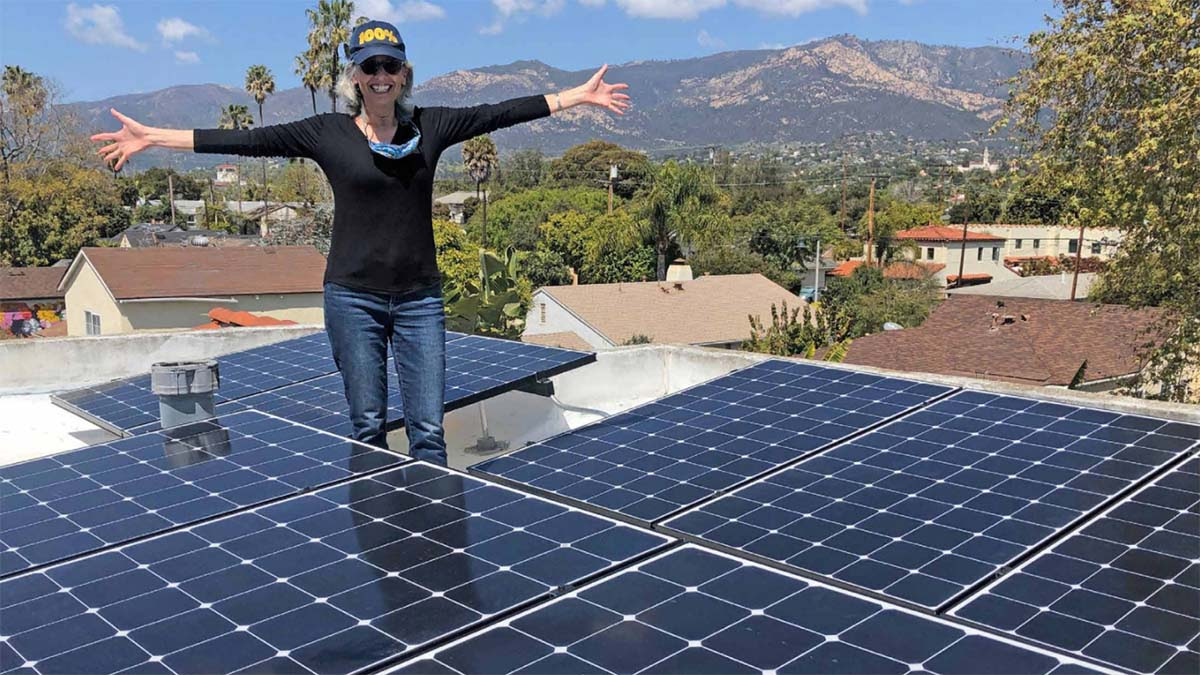America Needs More Rooftop Solar
From apartment buildings to superstores, we should prioritize solar energy generation on the built environment
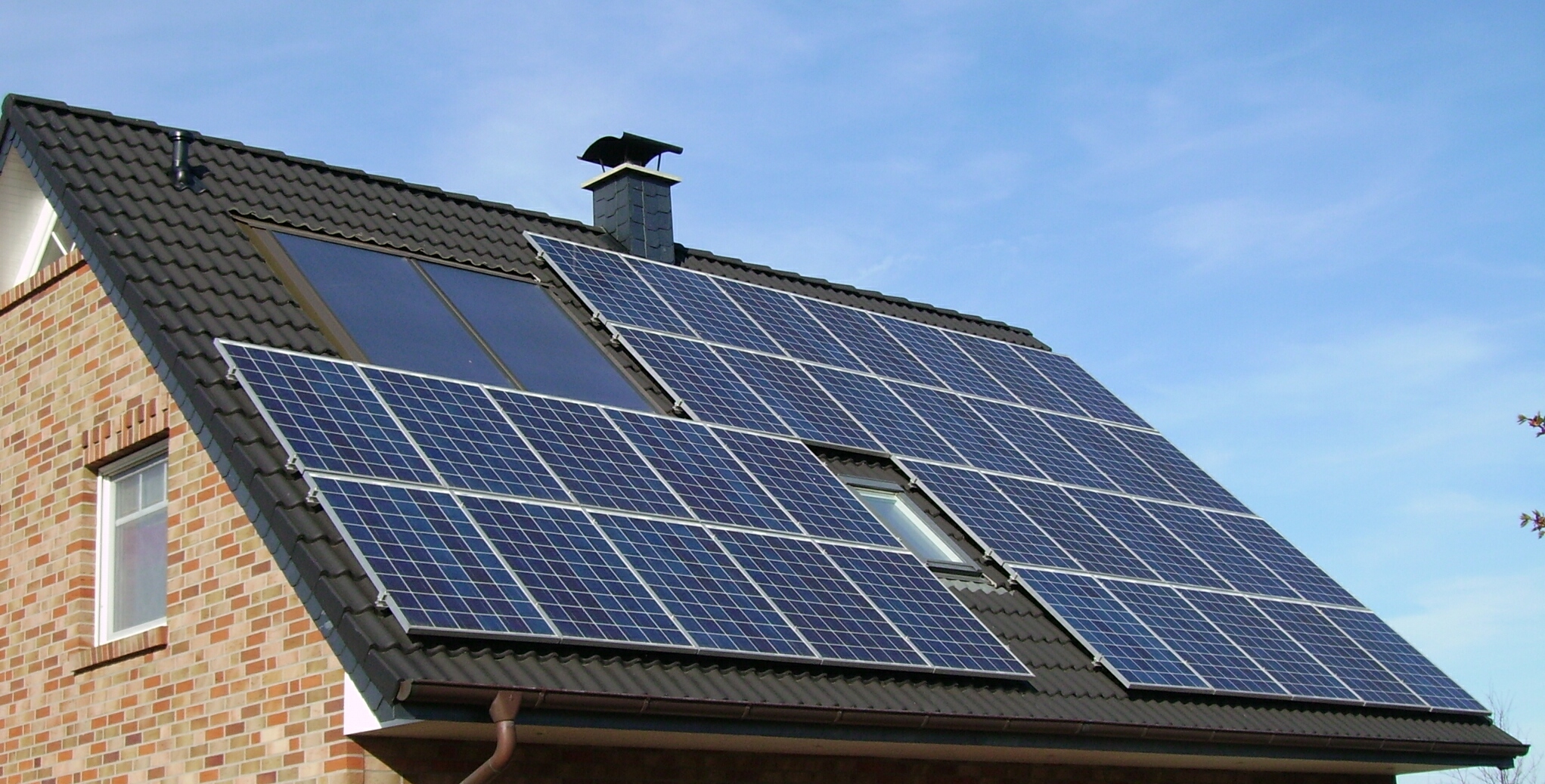
I moved to Somerville, Massachusetts, in August to begin my job as a Go Solar campaign associate with Environment America. Given the combination of a progressive local government and a dense urban layout, I figured that my area would be a haven for rooftop solar. After unpacking my things and meeting my new roommates, I decided to take a walk around the block to find out. I passed storefront after storefront, apartment complex after apartment complex, but there were no solar panels to be found.
I decided to expand my walk into surrounding neighborhoods. I saw many more homes and shops, a couple grocery stores and a Target. Almost all of the buildings were several stories tall, above the treeline and completely unobstructed from the sun. Yet none of them had solar panels on their roofs. Discouraged, I was just about to head home when I saw solar panels providing power to the Cambridge Department of Public Works. Though it’s a small array, the symbolism is important; it shows what’s possible in our cities and towns when there’s a will.
Growing up in a heavily wooded part of exurban North Carolina, it’s taken some adjustment to get used to the highly developed Boston metropolitan area. Urban density brings both challenges and opportunities. Packing people and commerce into a small area generally is more environmentally efficient than sprawling suburban areas. However, big cities require a lot of resources to function. With pressing environmental challenges, we need smart solutions to sustainably power our future.
Rooftop solar is a commonsense way to achieve our clean energy goals in as environmentally friendly a way as possible. It’s generally more efficient than utility scale projects given that no energy is lost in transmission; it’s all locally sourced. This also means that, when coupled with on-site storage, rooftop solar is more resilient and can keep power on during grid blackouts. Beyond that, big energy farms and plants of any kind take up space and can disrupt and fragment local nature. Clearly, utility scale solar and wind energy projects are preferable to fossil fuels, and will be an important part of reaching 100% renewable energy. But leaning into installing solar panels on existing rooftops has the greatest upside to meeting our clean renewable energy goals.
That’s one reason why I’m thrilled to be leading Environment America’s Solar on Superstores campaign. Putting solar panels on the roofs and parking lots of our nation’s big box stores is an ingenious way to maximize our rooftop potential. Ninety percent of Americans live within ten miles of a Walmart location. Chances are there’s also a Target, Costco or shopping mall in your community. And of course, neighborhood grocery stores are abundant and growing in number by the day. Collectively, the roofs of America’s big box stores had the capacity to more than double the amount of solar energy we generated in 2016 — and that total has likely grown.
To make this happen, smart public policy will be necessary. Clean energy tax incentives should be expanded, and net metering and community solar programs should be protected. We need more local governments to follow Cambridge’s example and power publicly owned buildings with solar energy. In the private sector, we must push corporations to both set and follow through on bold clean energy goals. Walmart has been a leader in sustainability since Doug McMillon took over as CEO in 2014, championing many ambitious climate and conservation initiatives. Now, we’re calling on the retailer to keep up the good work and commit to installing solar panels on all of its viable roofs and parking lots by 2035.
Returning to my neighborhood, I’m extremely embarrassed by my early solar scouting efforts. I missed some real gems. In fact, it took me more than three months to spot a large solar array just past my T station. I guess my initial walk wasn’t as thorough as I thought it was! Those glorious solar panels on the Porter Square Shopping Center were engineered and installed by the Cambridge-based Zapotec Energy way back in 1999. A lot has changed since then, but commercial solar projects are as practical as ever. To end our reliance on dirty fossil fuels and power our transition to 100% renewable energy, we should lean into rooftop solar as a promising and pragmatic solution, in the Boston area and beyond.
Topics
Authors
Wade Wilson
Find Out More
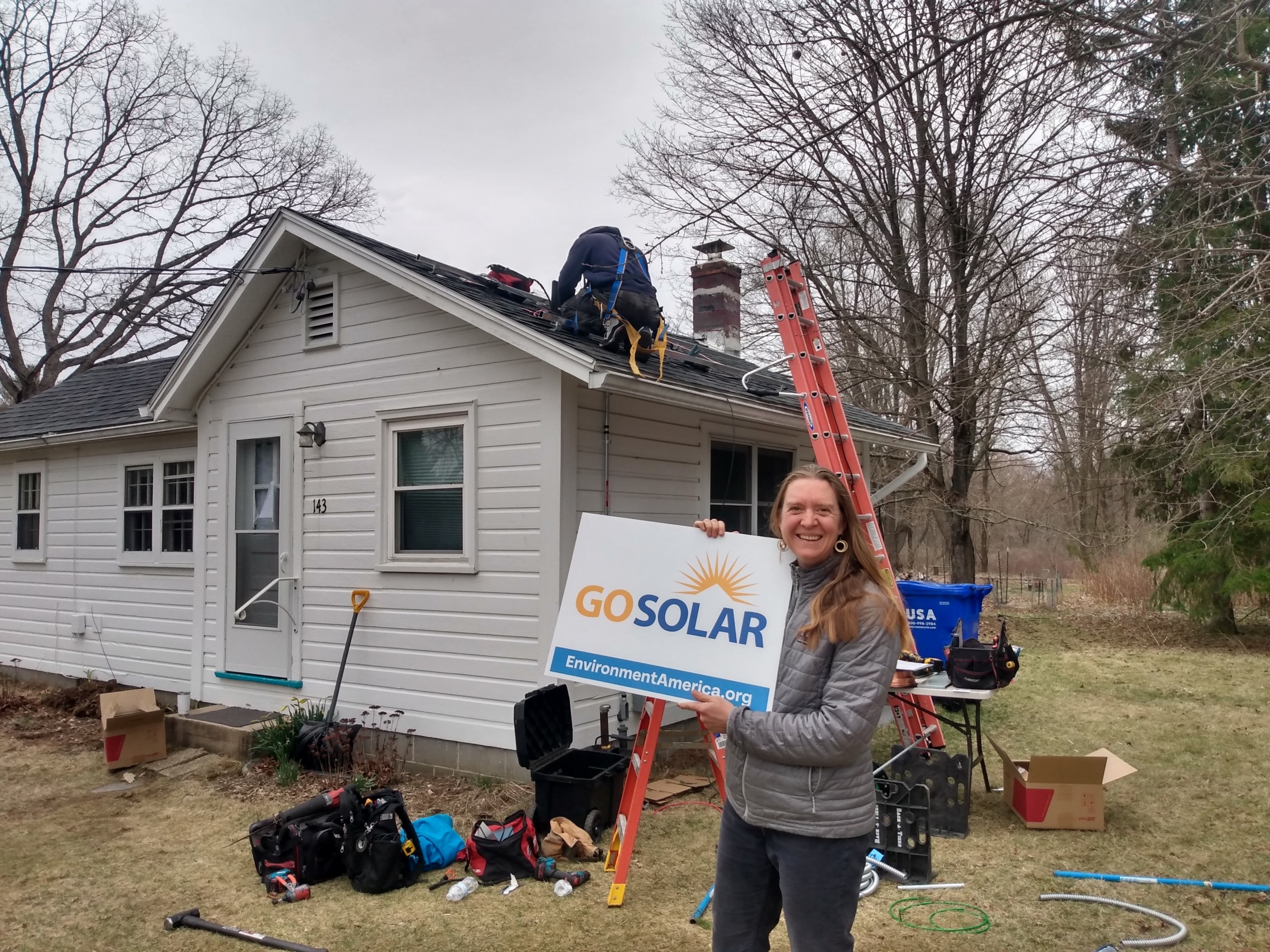
How can Massachusetts get more rooftop solar with less red tape?
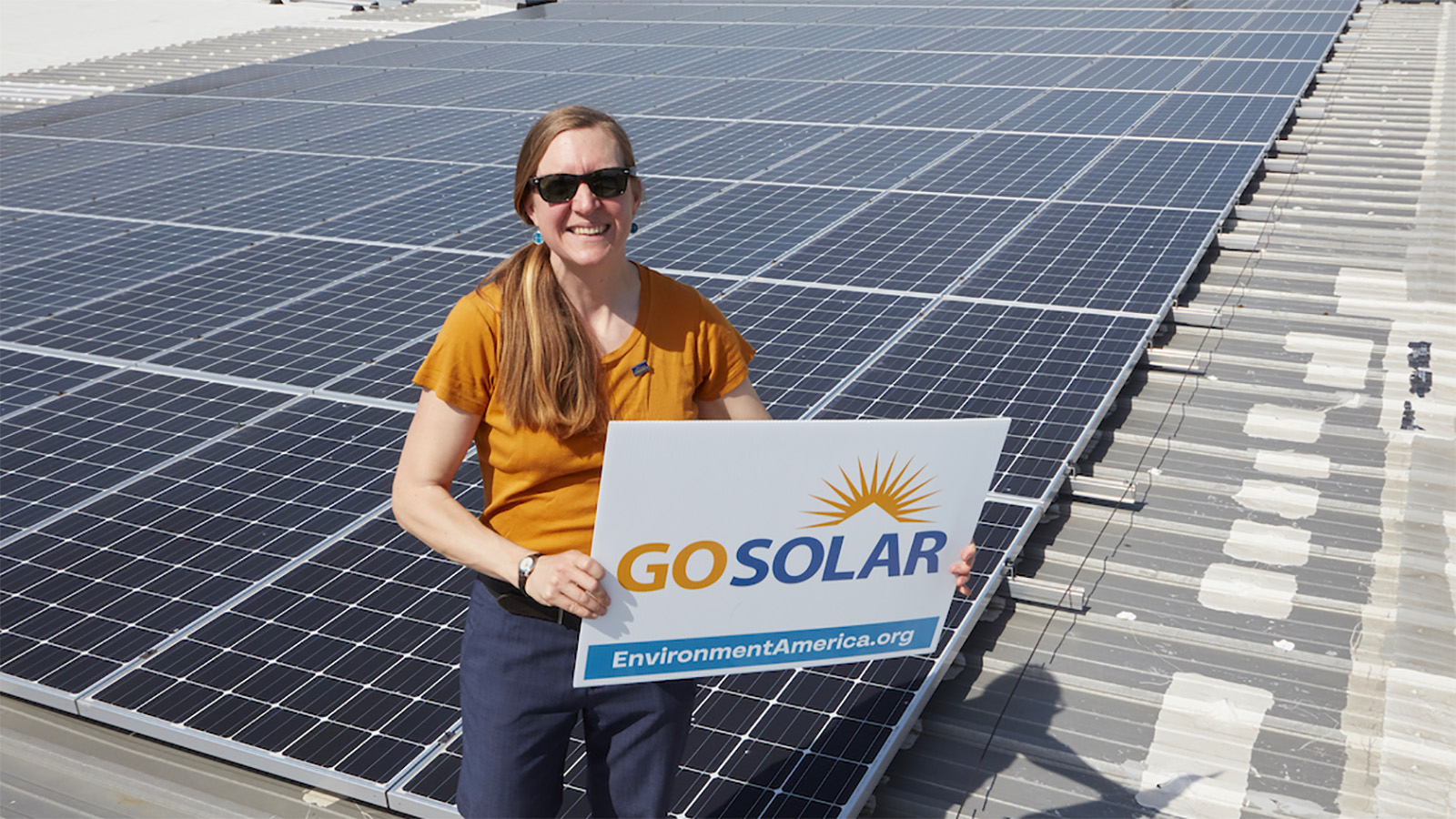
IKEA is going solar
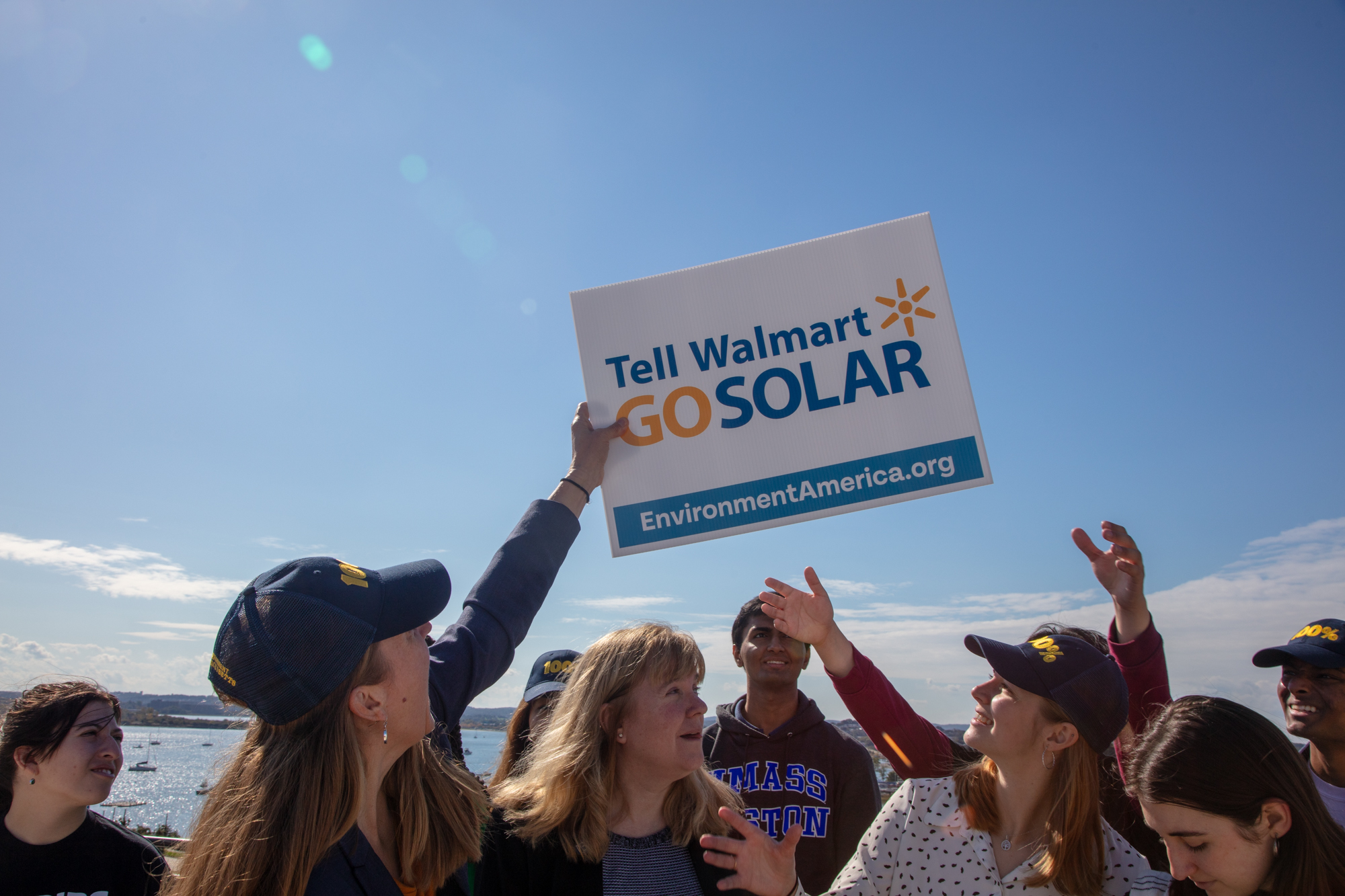
Which 10 American retailers can lead the way on rooftop solar?
